Cell tower settlement reached between Heath, AT&T
| Published: 11-30-2022 6:45 PM |
HEATH — After much back and forth as well as a looming lawsuit, AT&T, the Selectboard and a group of “interveners” have reached a settlement allowing the telecommunication company to build a cell tower on Rowe Road.
The settlement, which the Selectboard signed on Tuesday without much discussion, contains all the conditions that the board had first negotiated before the interveners entered the lawsuit, as well as some new conditions that the interveners put forth. They include lowering the height of the proposed tower from 180 feet to 120 feet, having a space on the tower for Heath’s emergency services that will be free of charge, radio-frequency emissions testing, aesthetic changes and the addition of an access gate.
“We felt the Planning Board made the right decision that there should not be a tower there,” said Kevin Maloney, a member of the group of interveners. “It looks like there is now going to be a tower there. Given that we understood there were limitations, we were successful in getting the improvements we were looking to get.”
The situation began in September 2021 when the Planning Board denied AT&T’s application to build a 180-foot cell tower on a 100-acre parcel on Knott Road with frontage on Rowe Road. The land is owned by Greenfield resident John Metallica. AT&T will lease the property.
During four hearings, the Planning Board heard many comments from neighbors about property values and the impact a cell tower would have on the town’s rural character, citing an adverse aesthetic impact, being out of character with the neighborhood, and a likely reduction in property values. The board also found the height of the proposed structure violated what was permitted in current town bylaws.
Following the Planning Board’s denial of the application, AT&T brought a lawsuit against the town in October 2021, saying the town had violated Section 704 of the Telecommunications Act of 1996 that reads: “No state or local government or instrumentality thereof may regulate the placement, construction and modification of personal wireless service facilities on the basis of the environmental effects of radio frequency emissions to the extent that such facilities comply with the commission’s regulations concerning such emissions.”
The Selectboard got involved, saying it was the body responsible for legal proceedings, and started negotiating with AT&T for a smaller cell tower instead of bringing the case to court.
The two groups had reached a settlement. However, when the interveners gained status in the lawsuit, it brought negotiations back to square one. Intervening is defined as entry by a third party, with a personal stake in the outcome, into a civil complaint — in this case, a group of abutters to the proposed tower.
Article continues after...
Yesterday's Most Read Articles
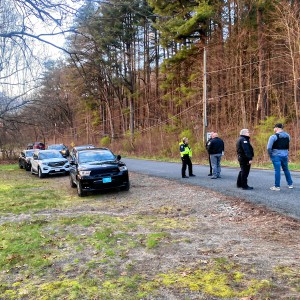 Police report details grisly crime scene in Greenfield
Police report details grisly crime scene in Greenfield
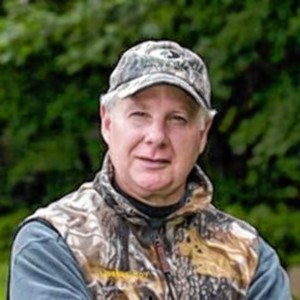 On The Ridge with Joe Judd: What time should you turkey hunt?
On The Ridge with Joe Judd: What time should you turkey hunt?
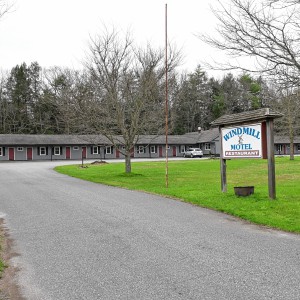 New buyer of Bernardston’s Windmill Motel looks to resell it, attorney says
New buyer of Bernardston’s Windmill Motel looks to resell it, attorney says
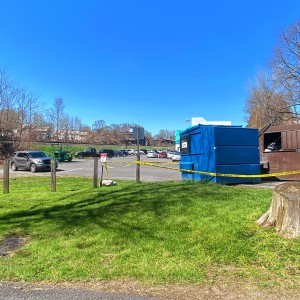 Greenfield man arrested in New York on murder charge
Greenfield man arrested in New York on murder charge
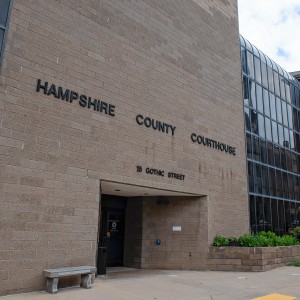 Man allegedly steals $100K worth of items from Northampton, South Deerfield businesses
Man allegedly steals $100K worth of items from Northampton, South Deerfield businesses
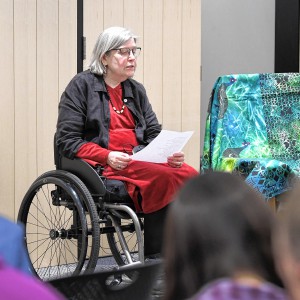 Joannah Whitney of Greenfield wins 33rd annual Poet’s Seat Poetry Contest
Joannah Whitney of Greenfield wins 33rd annual Poet’s Seat Poetry Contest
Conditions negotiated by the Selectboard include lowering the tower’s height from 180 feet to 120 feet, having a space on the tower for Heath’s emergency services that will be free of charge, and reimbursing the town $2,500 for a consultation fee.
New conditions secured by the interveners include radio-frequency emissions testing at each intervener’s property line, periodic testing to take place at 1 p.m. on Wednesdays, installing and maintaining an access gate, and painting the tower and all accessories brown. The interveners also expressed concern about the clear-cutting of forest detailed in the original plan, so they negotiated new landscaping work that AT&T will perform after construction.
“Hopefully that will help to reforest the side slopes,” Maloney explained.
The interveners also got AT&T to agree to redesign the driveway, including an increased grade for initial access that the interveners said is more aesthetically pleasing than the original plan.
The negotiated testing is designed to create the least disruption by having testing take place midday and mid-week. There will be noise-proof fabric placed over the generator to reduce the test’s disruption as well.
“What was ahead of us were two different routes,” Maloney said regarding why they decided to settle. He said they could bring the case to court and pay more than $50,000, or they could negotiate for facility improvements. The interveners ultimately decided they were unable to pay the legal fees and instead agreed to the settlement.
“It is one of the problems in today’s world,” Maloney maintained. “The corporations have endless money so they can do what they want. The only way to fight them is in court, and that takes a big slug of money. It makes it very difficult.”
Despite reaching this settlement, out of the five families in the group known as the interveners, Maloney said at least two of them plan to move out of their homes in the coming years due to the cell tower’s construction, with some being concerned about potential health impacts.
“We may wait for this thing to get constructed,” Maloney said, “and see how much it impacts us.”
Bella Levavi can be reached at blevavi@recorder.com or 413-930-4579.

 Frontier Regional School students appeal to lower voting age
Frontier Regional School students appeal to lower voting age Goddard finds ‘best location’ in Shelburne Falls with new Watermark Gallery space
Goddard finds ‘best location’ in Shelburne Falls with new Watermark Gallery space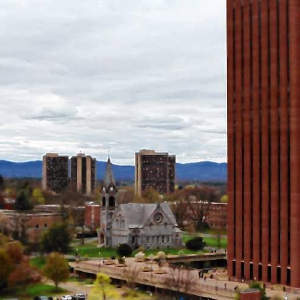 Federal probe targets UMass response to anti-Arab incidents
Federal probe targets UMass response to anti-Arab incidents
